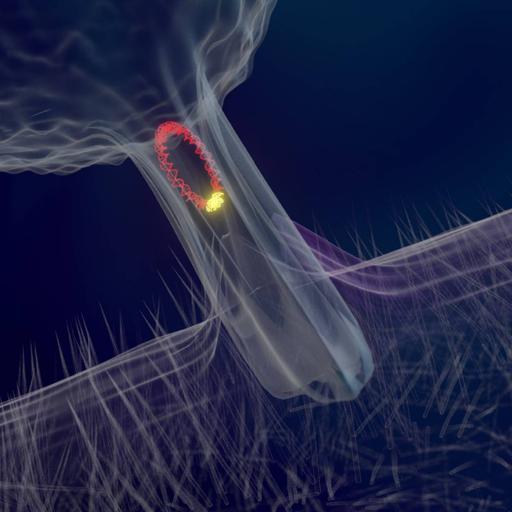Conjugation
Presentations | English
Given the multitude of emerging biotechnology, particularly the advancements in DNA synthesis, we can expect to see it all around us. Conjugation is the process by which one bacterium transfers genetic material to another through direct contact. During conjugation, one bacterium serves as the donor of the genetic material, and the other serves as the recipient. The donor bacterium carries a DNA sequence called the fertility factor, or F-factor. The F-factor allows the donor to produce a thin, tube-like structure called a pilus, which the donor uses to contact the recipient. The pilus then draws the two bacteria together, at which time the donor bacterium transfers genetic material to the recipient bacterium. Typically, the genetic material is in the form of a plasmid, or a small, circular piece of DNA. The genetic material transferred during conjugation often provides the recipient bacterium with some sort of genetic advantage. For instance, in many cases, conjugation serves to transfer plasmids that carry antibiotic resistance genes.

Free
PPTX (30 Slides)
Conjugation
Presentations | English
